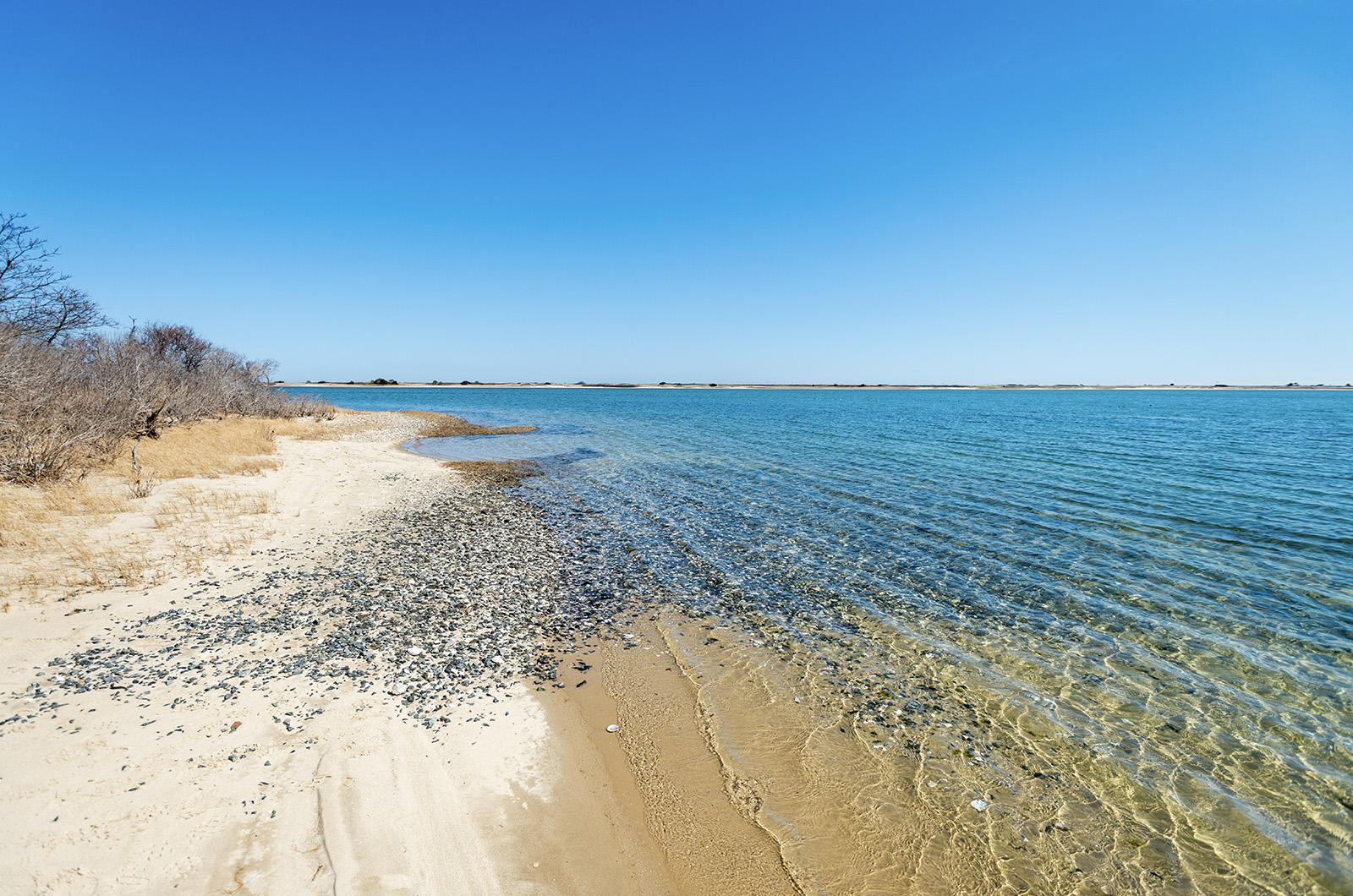While I am not pointing fingers, the comments started to get a little bit out of hand.
Online crowdsourcing of flora and fauna is a phenomenon that can be helpful and hilarious. In some cases, sharing photos can lead to identification, information and group learning. It can also provide contradiction, inaccuracies, confusion and even conflict when disagreements arise.
And sometimes, at the end of the day, and the end of the thread, the true identity of something remains elusive.
That was the case after a recent social media post from a beachcomber who found finger-like forms on the beach. Others shared similar sightings, as these “fingers” were seen on multiple Island shorelines, including the north shore, at Owen Park and Marble Beach.
Besides location, people were quick to make quirky comments for fun. There were the food comparisons — lots of references to hot dogs and also finger sushi — and even suggestions of possible accompaniments such as a “side of sand fleas and garnish of seaweed and sand dollars.”
Others made references to amputated digits, noting that someone was “swimming with the fishes” — indicating that the rest of the body was out in the ocean’s depths. And, of course, the requisite references to Lorena Bobbitt, who famously cut off a similar looking-body part that was attached to her husband. I’ve got to hand it to them, they were very creative, even if somewhat crass.
One snarky commenter joked that the objects were coyote eggs that would be buried in the sand and emerge as baby coyotes, explaining the recent appearance of these mammals on the Island.
Next up are those with ideas for identification and these ranged from the general to the very specific. Two camps of scientific thought emerged. The first was that these washashores were tunicates, which are colonial marine animals. Sea pork, Aplidium glabrum and sea squirts were put out as possibilities.
The other school of thought concurred that these were marine sponges. Adreus fasciccularis was one guess, though my research shows that species is a European variety. No finger wagging at this commenter, as I suspect that he was on the right track. Others called it finger sponge, dead man’s fingers, Captain’s fingers and sea sponge, all of which were general enough to not be able to point to an exact identification.
My best guess, without seeing the specimens firsthand, is that they were pieces of Haliclona oculata, a marine sponge also known commonly by some of the names above. This species usually remains attached by a holdfast to substrates at the bottom of the sea, but was no match for the rough seas and finger-like projections broke apart and washed ashore during last week’s northeaster. Though many commenters were confident of their identification, I won’t claim certainty until I have the specimen in hand.
Fingers crossed to get my paws on those digits to reach a conclusion. Without it, the debate may continue until another ocean oddity comes ashore and points followers in another direction.
Suzan Bellincampi is Islands director for Felix Neck Wildlife Sanctuary in Edgartown and the Nantucket Wildlife Sanctuaries. She is also the author of Martha’s Vineyard: A Field Guide to Island Nature and The Nature of Martha’s Vineyard.




Comments
Comment policy »